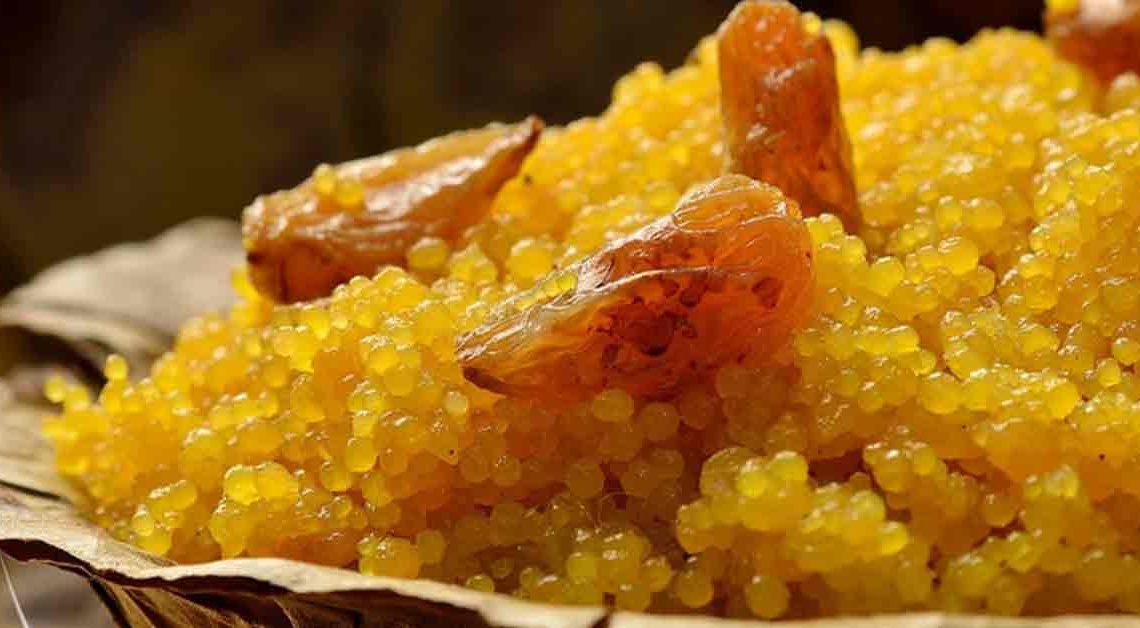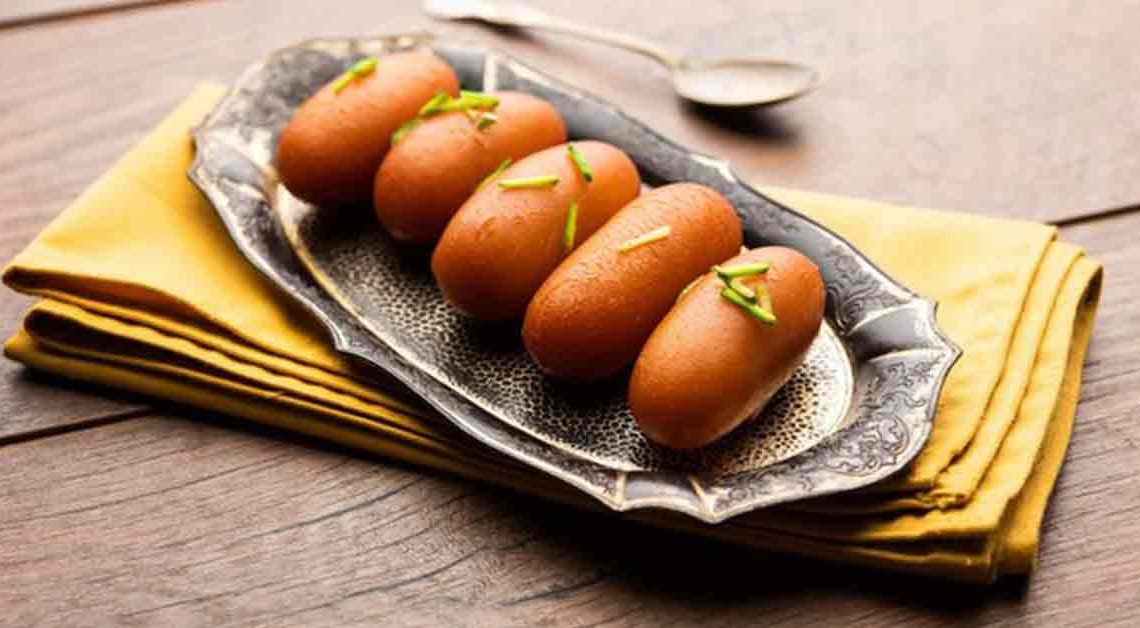Savoring Sweet Tradition: The Story of Chanar Jilipi

Step into the vibrant world of Bengali sweets with our journey into the delectable universe of Chanar Jilipi on Mithainama! Originating from the rich culinary heritage of West Bengal, Chanar Jilipi is a heavenly sweet that tantalizes taste buds and evokes nostalgia in every bite.
Join us as we unravel the secrets behind this exquisite treat, exploring its history, ingredients, and the art of making it. Discover the perfect balance of softness and crunchiness, the magical infusion of flavors, and the sheer joy of indulging in this timeless dessert.
Get ready to embark on a culinary adventure that celebrates tradition, flavor, and the sheer joy of cooking. Join us as we delve into the enchanting world of Chanar Jilipi, where every bite is a celebration of life’s sweet moments!
Origin of Chanar Jilipi
Chanar Jilipi, a beloved Bengali sweet, has its roots deeply embedded in the culinary traditions of the region. It is derived from two key components: “Chana,” which refers to fresh cheese or paneer, and “Jilipi,” which is a type of spiral-shaped sweet common in South Asian cuisine.
The origins can be traced back to the rich dairy culture of Bengal, where paneer is a staple ingredient used in various dishes, including sweets. It is believed that the technique of making Jilipis, a type of sweet made by shaping a dough into a spiral, was adapted to incorporate the use of paneer, giving rise to Chanar Jilipi.
Over the years, it has become an integral part of Bengali cuisine, especially during festivals and celebrations. Its popularity can be attributed to its unique texture, which combines the softness of paneer with the crispiness of the fried dough, and its rich, sweet flavor, making it a favorite among people of all ages.
History of Chanar Jilipi
The history is deeply intertwined with the cultural and culinary heritage of Bengal. While specific historical records about its origins are scarce, the sweet is believed to have evolved over time, drawing inspiration from traditional Bengali sweets and culinary techniques.
Bengal has a long-standing tradition of dairy-based sweets, with paneer being a key ingredient in many recipes. It is likely that the idea of incorporating paneer into Jilipis, a type of sweet commonly made with flour and sugar syrup, emerged as a creative variation, adding a unique texture and flavor to the traditional sweet.
Over the years, it has become a popular sweet across Bengal, especially during festivals and special occasions. Its popularity can be attributed to its delicious taste and the artistry involved in its preparation, making it a symbol of Bengali culinary craftsmanship.
While the exact historical origins remain unclear, its presence in Bengali cuisine serves as a testament to the region’s rich culinary traditions and the creativity of its chefs and cooks over the centuries.
Cultural Significance
It holds significant cultural importance in Bengali cuisine and society. It is not just a sweet treat but a symbol of tradition, celebration, and hospitality.
Festivals and Celebrations: It is often prepared and served during festivals and special occasions such as Durga Puja, Diwali, weddings, and birthdays. It is a symbol of joy and abundance, representing the sweetness of life’s celebrations.
Culinary Heritage: The popularity reflects the deep-rooted culinary heritage of Bengal. It is a testament to the region’s rich tradition of sweets and the skillful artistry of Bengali cooks.
Symbol of Hospitality: Offering sweets, including Chanar Jilipi, to guests is a common practice in Bengali culture. It is a gesture of warmth, hospitality, and respect for guests.
Where is Chanar Jilipi Famous?
It is particularly famous in the Indian state of West Bengal, where it originated. It holds a special place in Bengali cuisine and culture and is enjoyed by people of all ages. In West Bengal, Chanar Jilipi is not only a popular sweet served during festivals and celebrations but also commonly found in sweet shops throughout the state.
Apart from West Bengal, it is also appreciated in other parts of India where Bengali cuisine has made its mark, such as in the neighboring state of Assam, where it is known as “Chanar Jalebi” or “Paneer Jalebi.” Additionally, Bengali communities around the world, including those in other Indian states and countries with significant Bengali diaspora populations, also cherish it as a symbol of their cultural heritage.
Overall, while its primary fame lies in West Bengal, Chanar Jilipi’s deliciousness and cultural significance have spread its popularity to various regions both within and outside of India.
Interesting Facts and Trivia
Certainly! Here are some interesting facts and trivia related to Chanar Jilipi:
- Unlike traditional Jilipis, which are made primarily with flour, and incorporates paneer into its dough, giving it a unique texture and flavor.
- While it is most popularly associated with West Bengal, variations of this sweet can also be found in other regions of India, such as Assam, where it is known as “Chanar Jalebi” or “Paneer Jalebi.”
- The making requires skilled craftsmanship, as the dough needs to be carefully shaped into spirals before frying. This artistry adds to the charm and appeal of the sweet.
- During festivals like Durga Puja and Diwali, it is in high demand in sweet shops across West Bengal. It is often included in festive platters and offered to guests as a symbol of hospitality.
- It is often enjoyed with a cup of hot tea or milk, especially during breakfast or as an evening snack. The combination of the sweet and savory flavors makes it a delightful treat.
Did You Know?
Did you know? Chanar Jilipi, beyond its delectable taste, offers a range of health benefits when consumed in moderation:
- The paneer used in it is a rich source of protein, essential for muscle repair, growth, and overall bodily function.
- Paneer is also high in calcium, promoting healthy bones, teeth, and muscle function.
- The carbohydrates from the dough provide a quick source of energy, making an ideal treat for a quick pick-me-up.
- The combination of protein and carbohydrates in it can help promote a feeling of fullness, preventing overeating and aiding in weight management.
- Depending on the recipe and additional ingredients, it can provide essential nutrients such as vitamins, minerals, and antioxidants, contributing to overall health and well-being.







